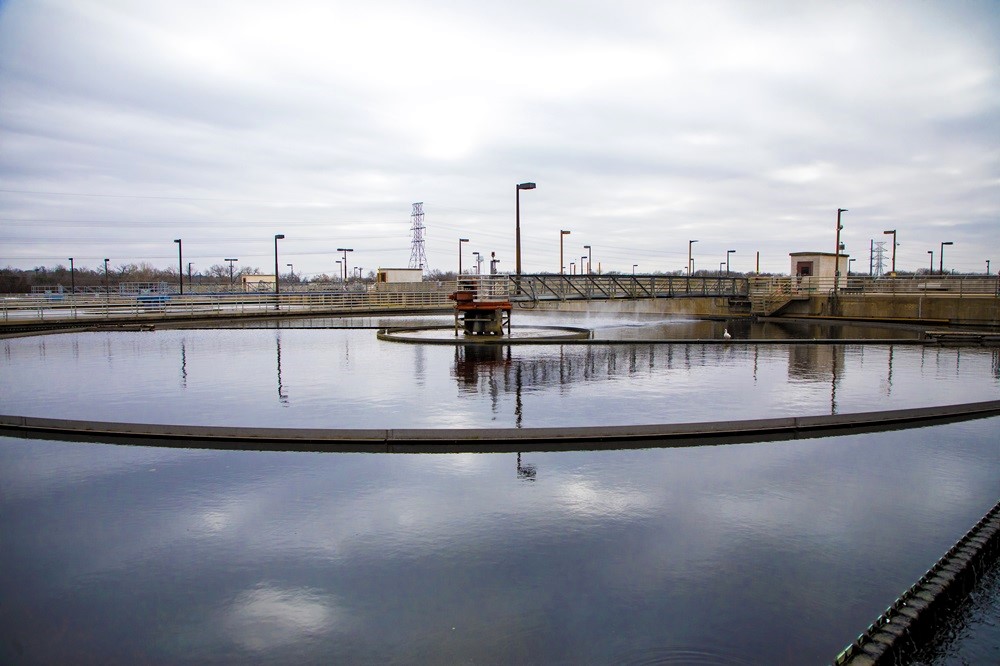
Treatment Plants
Austin Water has three water treatment plants: Handcox, Davis, and Ullrich. These facilities draw water from the Colorado River, filter and treat it according to federal and state standards to provide safe drinking water for the community.
Walnut Creek and South Austin Regional are Austin Water's two wastewater treatment plants. These sites can receive up to 150 million gallons per day of sewage to treat before it is returned to the Colorado River. Austin Water's biosolids facility, Hornsby Bend, receives sludge generated by the treatment processes at the wastewater plants and uses it to create compost for land application and public sales.
History
Austin’s first organized water system began in 1871 when a private company, under a franchise granted by the City, began pumping water from the Colorado River. In 1893, the 60-foot high Austin Dam was completed in the hopes that cheap hydroelectricity would lure business. After a catastrophic failure of the dam on April 7, 1900, parts of the city were flooded and destroyed. Shortly after that the City of Austin bought out the private water company and formed what is now Austin Water.
Austin Water’s first wastewater treatment facility was built in 1919. In 1923, Dr. E.P. Schoch, a chemical engineering professor at the University of Texas at Austin, created a simple chemical treatment that used lime to treat river water. The first water treatment plant was built in 1925 to use this treatment method. In 1937, Austin Water built a new wastewater treatment plant that used activated sludge, an innovative treatment process at the time.

